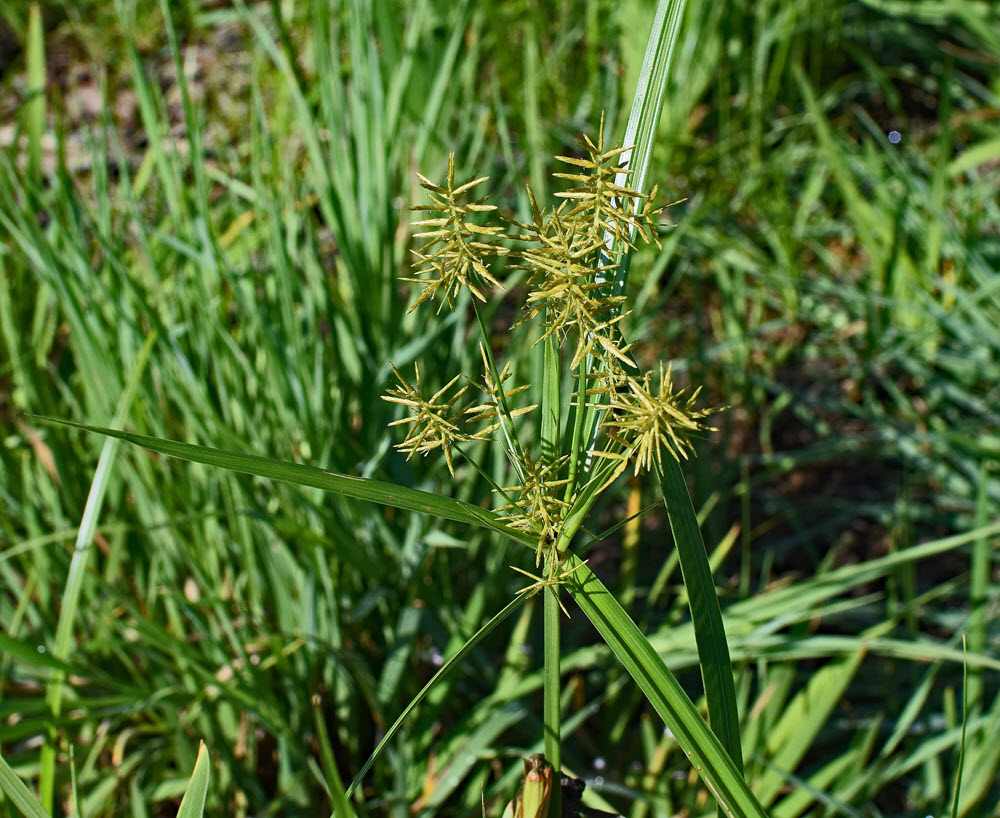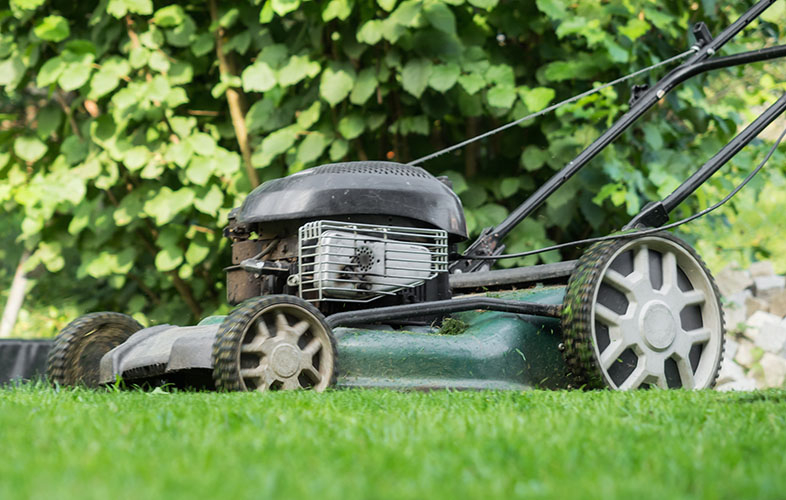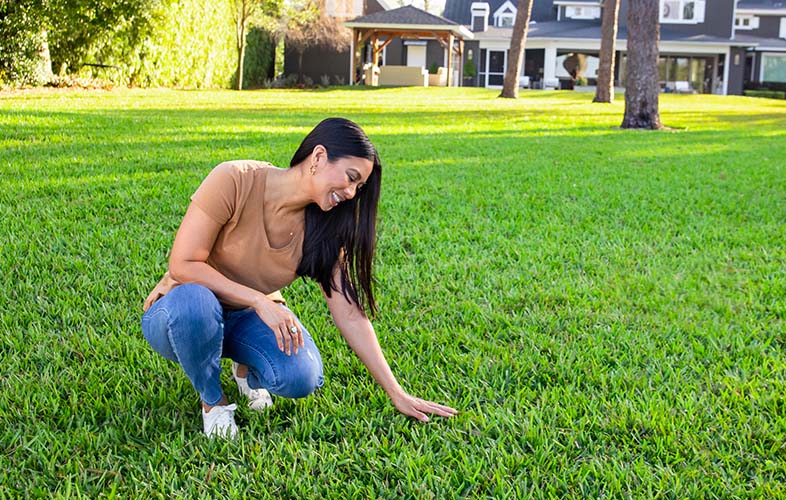With higher soil moisture conditions across many parts of the U.S., you’re probably wondering, "what is that grassy, light green weed sprouting in my yard?" Meet Nutsedge. Nutsedge, also called nutgrass, is a perennial sedge weed that comes in two different species: purple and yellow. Difficult-to-control perennial weeds like nutsedge tend to survive various adverse conditions and reproduce. Luckily, there are ways to control these sedge weeds.
What is Nutsedge and How do Sedge Weeds Look?
Nutsedge is a grass-like weed with a triangular stem that spreads across your lawn using an underground system of tubers or “nutlets”. This complex system makes the weed difficult to manage as the nutlet allows new weeds to sprout throughout your yard.
Where Does Nutsedge Grow?
Sedge Weeds grow best in moist conditions that often result or occur from poor drainage, over-watering or excess rainfall. However, they also grow in dry, well-drained areas if the competition from other grasses is limited.
FUN FACT: Typically found in more temperate climates, these perennial sedge weeds sprout after the last frost and remain noticeable throughout the summer.
What's the Difference Between Purple Nutsedge and Yellow Nutsedge?
If you are wondering what the two varieties of nutsedge look like, Yellow and Purple nutsedge may look very similar, but there are some key differences between the two. Yellow nutsedge has light green leaves that come to a gradual point, while Purple nutsedge features a darker green leaf that comes to a more abrupt point.
The sedge weeds leaves aren’t the only difference in color: the seed head for Yellow nutsedge is yellowish-brown as compared to the purple to reddish-brown color found in Purple nutsedge weed. While Purple nutsedge is not as cold tolerant as its Yellow counterpart, it is more difficult to control, in part due to the more complex tuber system connected by rhizomes, which are underground stems that also serve as storage organs for the nutsedge.
How to Tell the Difference Between Sedge Weeds and Grass
These sedge weeds are tricky! Sedge is often mistaken for grassy weeds since they can be difficult to distinguish from turfgrass at first glance. However, upon closer inspection, you’ll find that sedges have triangular stems and three rows of leaves. Their leaves also grow at a much faster rate than lawn grasses during the hot summer weather, making them more noticeable in your yard. If you see these weeds popping up, it might be time to call your TruGreen specialist.
Negative Effects of Nutsedge for my Lawn?
Nutsedge reproduces using three methods: through the air via seeds and underground via both rhizomes and nutlets. The underground methods make getting rid of nutsedge take some time. The underground systems are better able to survive adverse conditions and re-sprout the following season. The nutlets also lie dormant for months before sprouting and taking off in your yard. Since sedge weeds tend to spread so easily, once established, it can sometimes take a couple of years to control a heavy nutsedge population in your lawn.
Protecting your lawn against Nutsedge
There are a number of things you can do to guard your turfgrass against the sedge weed population. Creating a healthier, thicker lawn through proper fertilization, aerating and overseeding is the best way to control nutsedge. You can also improve drainage and water only as needed to help further control and prevent the nutsedge population from spreading and developing the next season.
DON’T PULL THESE SEDGE WEEDS: An important thing to keep in mind is to avoid pulling the weed by hand. Doing so will not remove the rhizomes or tubers underground, so it will continue to sprout.
How to get rid of and control Nutsedge!
The best thing you can do if you suspect that your lawn may have this unwanted visitor is to get in touch with your local TruGreen lawn care specialist. Professionally selected and applied weed control is necessary for complete removal of nutsedge and is essential to completely getting rid of sedge weeds in your lawn. After your certified TruGreen lawn care experts apply our specialized nutsedge control product, you can sit back and relax: avoid mowing right after the application to give the product a chance to move throughout the weed.
Visit TruGreen.com or call 866.688.6722 today for more information about all of their lawn care and maintenance services.













